|
Backpacking it in Algonquin Wilderness Area
A quartet of local women recently completed a rather rigorous hiking experience. Peggy Mercer, Kay Clouse, Cheryl McGrath and Sibyl Smith came together for their sixth trip, having previously tackled Manistee River Loop, Jordan Valley Loop, Pictured Rocks, Porcupine Mountains, and last year Isle Royale. “There’s nothing like a good bonding experience, depending on each other in the remote wilderness of Canada,” said Peggy Mercer.”It took trust and teamwork to tackle 3300’ of elevation gain backpacking in the Algonquin Wilderness of Ontario, Canada.” “We all agreed “this was the hilliest, most rugged and challenging trip yet. Plans are already underway for next year.” We at N3 World Headquarters were intrigued and set out to ask the foursome about their experience on these hikes. We were able to catch up with 3 of the 4. It seems Ms. Mercer was off on yet another hike. This is your 6th trip. How did these begin and what was the motivation to do this? Kay: I introduced Cheryl to Peggy’s Wander Women group in about 2017, and she asked me if I’d ever consider backpacking again. I had done Isle Royale as a young woman and she had done the Wind River Range in Wyoming. I really was, though I was concerned about sleeping on the ground again at my age! We checked with Peggy and Sibyl who had similar concerns- but as we explored options and equipment, we decided to try a couple of short trips to see how we liked it. We all loved the outdoors and hiking, and the challenge it provided to be totally on our own! Cheryl: I backpacked 100 miles in the Wind River Range, Wyoming, in 2015. I enjoyed the adventure and challenge and wanted to use my equipment again. In 2018, I asked a few hiking friends if they would be interested in backpacking and Kay, Peggy and Sibyl said yes. Our first trip was the NCT/Manistee River Trail loop to see if everyone could sleep on the ground…and we did. I like to spend time with friends, explore new areas of the country, get out into nature, soak up beautiful scenery, listen to the sounds of silence, and take on new challenges. Sibyl: I am the only one of the 4 who had never backpacked before, . On Wander Women hikes I would listen to women talk about past adventures and think that sounded like fun but obviously, something that I had missed out on in my youth. Then, I heard Cheryl and Kay discuss their plans to backpack (I believe I heard Isle Royale mentioned, a life long dream of mine), and wanted a couple more women to join in. I jumped in with borrowed gear for the first trip to the Manistee River loop. The rest is history. What have been the challenges? Cheryl: Dealing with unexpected difficulty of a trail, carrying 36 pounds on Day 1, and setting up tents during a huge thunderstorm. Sibyl: We have had to adjust distances and routes based on our specific abilities, taking into consideration the weight we are carrying and our ages. Kay: There really have been few. We work well together as a team and all share in the planning and responsibilities. One challenge this year was learning a new technique to hang our food bags to keep bears out of them at night! What have you learned about yourself? Sibyl: The others I have learned that I am pretty tough and have the grit to keep going when the trail gets rugged. Participating in challenges like this is self enhancing in body , mind and spirit. When we began these trips I was just an acquaintance of these women. Now, they are dear friends. I feel blessed have been included. Kay: I have learned that I am strong and capable of learning new things. I’ve learned that when my body hurts I probably need to work on getting stronger or stretch, and not give up on it! I’ve also learned to deal with my fears about wildlife by learning about their behaviors and habits. I’ve learned that Cheryl is a spread sheet guru, Sibyl is a mapping whiz, and Peggy is a great logistics organizer, with all being willing and capable to put in the time to get conditioned and be ready to go. They each have many more strengths and are totally dependable. Cheryl: I’m capable of doing more than I realized. Also, I’ve learned to be more flexible than in the past. We make a good team! We’ve learned how to communicate effectively and work through issues together. No one is a “chief” and everyone has a voice in solving problems. What do these trips mean to you? Kay:These trips are one of the highlights of my year. I love the friendship, camaraderie and laughter we all share, as well as the planning process and anticipation. There is also a lot of satisfaction in looking back at our accomplishments. Cheryl: The memories we’ve made together are priceless. Backpacking on Isle Royale had been on my bucket list for many years and, in 2022, we made it happen. When I look at pictures from our adventures, they always bring a smile to my heart. Kay, Peg and Sibyl are special friends and I count on them - on the trail and in my life. Sibyl: These backpacking trips are a highlight of the year, The anticipation builds as we meet and make plans throughout the year. The sense of pride and accomplishment that I feel afterwards is worth all of the sore muscles.and tired feet.
3 Comments
Photo and article by Donna Iverson Quick as a bunny is no understatement. Our Eastern Cottontail rabbit can run 18 miles an hour. Speed is its major defense against predictors. And they need a good defense as they are the most preyed upon animal in North America. Native to our region, the Eastern Cottontail can be found in suburbs and towns. Likely, you have spotted them occasionally in your yard or garden. They like to live on the edge of an open space surrounded by trees and brush. Cottontails are most active at night, feeding primarily at dawn and dusk. They are herbivores and natural foragers, nibbling on your garden veggies, wildflowers and herbs. They also like weeds. Those dandelions in your yard ? A feast for a Cottontail as well as for the bees. The predator list of rabbits is long and terrifying. They include foxes, recons, snakes, rats, weasels, bobcats, hawks, owls, badgers, bears, coyotes, crows, and even your pet dog or cat. The saying “hare today; gone tomorrow” is, unfortunately, what happens to the Cottontail. Due to predators, its lifespan averages about 12 to 18 months. Still backyard rabbits multiple faster than the killing rate, averaging six liters a year. With winter coming, the rabbits will spend more and more time in their underground dens. For food, they will rely on twigs, bark and even pine needles. It’s best not to feed them unless it’s to throw out an occasional salad vegetable as a treat. Actions you can take to provide a safer habitat include planting some bushes along the edge of your property. Especially appreciated would be blackberry and honeysuckle bushes. Don’t use herbicides or fertilizers as they are poison to these creatures. And if you aren’t the tidy gardener, a brush pile or two would also be welcomed. Lastly, you may be wondering what the difference is between a bunny and a rabbit. Nothing really. A young rabbit is called a bunny, but adult rabbits are also referred to as bunnies. Rabbits are relatives of the hare, which is its wilder cousin with its longer ears. The hare has no white tail and makes its nest above ground. And no, I’m not going into recipes. Lindy Colombini Presents Glaciers & the Shaping of Michigan’s Landscapes
Live @ the Library, a series of events including author visits and informational presentations at Fremont Area District Library is thrilled to host Lindy Colombini for a presentation about glaciers and the shaping of Michigan’s landscapes. Geologist Lindy Colombini will discuss the formation of continental glaciers and the different landscape features they create, relating these features to Michigan and ultimately showing how the Great Lakes were formed and why we have lakes, farmland, AND woodland. Lindy earned her Bachelor of Science in Geology at Central Michigan University and Master's Degree at Vanderbilt University, focusing on the geochemistry of ancient volcanic rocks. This event will take place in the Fremont library’s Community Room on Tuesday, September 26th at 7:00 p.m. Historian to present at FADL on Tuesday Sept 19
Sidebar: From high school on a friend and I long held a mutual fascination with the John Kennedy assassination. We devoured any writings we could find on the subject and pondered the possibilities surrounding the event that impacted our lives so vividly. It was my first immersion into a conspiracy theory and I recall the buzz it produced. A sense that you were somehow in on the real story while the non-believers were just being duped. The memory of being mildly obsessed with ‘what really happened’ is easy to recall, but it had been years since the event even crossed my mind. Then I got a press release from N3 friend Stephani Gibson, the FADL person who keeps us updated on events at one of our cherished local bookatoriums. The title was... Michael Deeb Presents the Kennedy Assassination at Fremont Library It brought back a lot of memories. “Did Garrison have something or was he merely a publicity hound? Why was Jack Ruby allowed in the police station? Didn’t a waiter say he saw Oswald at Ruby’s night club earlier in the week? What did Dorothy Kilgallen know? Clay Shaw? Was Castro involved? The Mafia perhaps? Maybe both? And then there was the satirical play MacBird. Could it be possible that…” Oddly enough it was like visiting an old friend. Here’s the skinny on the event. Live @ the Library, a series of events including author visits and informational presentations at Fremont Area District Library is thrilled to host Michael Deeb for a presentation about the Kennedy Assassination. The FBI insisted that one man killed President John F. Kennedy. The Warren Commission agreed. But since those hurried investigations were completed, many skeptics have disagreed with both declarations. On the contrary, they contend that there had to have been multiple assassins involved in the assassinations, not just one. Credible witnesses, law enforcement officials, bystanders and medical professionals had their testimonies either ignored or falsified. So, was this actually a cover-up? Michael Deeb, historian and author of several Civil War novels, will present his research. This event will take place in the Fremont library’s Community Room on Tuesday, September 19th at 7:00 p.m. A Fall Native Plant Sale will be held on Saturday, September 23 from 9am – 1pm at Kropscott Farm Environmental Center, 6523 W Baseline Rd, Fremont, MI 49412. There are no pre-orders, and cash or check sales only will be accepted. Fall is the ideal time to sow native plants for several reasons. The cooler temperatures and increased moisture during this season create optimal conditions for root growth and plant establishment. Sowing native plants in late fall also reduces competition from weeds, as most weed species are less active during this time of the year. This gives the native plants a better chance to establish and thrive without the need for excessive weed control measures. Overall, fall installation of native plants maximizes the chances of successful establishment and growth, leading to healthier ecosystems and increased biodiversity. The Fall Native Plant Sale will have the expertise of Ken Hoganson of Big Bluestem Farm Native Plant Nursery near Bitely. Ken can provide information for the best plants to purchase based on your soil type, and sun or shade and wet or dry conditions in your yard. He can also do a “site visit” for larger native plant installations to assure proper area preparations and subsequent planting for the best success. Attendees of the plant sale can view the Native Plant Garden in progress at Kropscott Farm as well. The Fall Native Plant Sale is being hosted by Big Bluestem Farm and the Newaygo County Environmental Coalition (NCEC). Questions can be directed to Vicki Alcombrack at Big Bluestem Farm: 231-923-0894, email - [email protected]. Visit the NCEC Events Calendar at the website: www.nc-ec.org; or follow on Facebook @NCEC2. Photos and article by Donna Iverson If you have ever walked or biked on the Hart-Montague Bike Trail, you may have noticed that some of the trees are labeled. Just north of Montague, one of the first labeled trees is a magnificent Black Walnut tree (Juglans nigra). Native to Michigan and much of North America, you can find it mostly in riparian zones. Riparian meaning along the edges of streams, rivers, lakes and vernal pools. Black Walnut is also monoecious, having both male and female reproductive florets on the same tree. During September and October, the tree drops mature black walnuts to the ground. They are covered in a thick husk which when touched leave a greenish-brown inky substance on your hands. It is best to collect them with gloves on. After collection, the walnuts need to be dried and the husk cracked open. Stepping on them works. For more details on processing, roasting, storing and cooking black walnuts, check out: https://delishably.com/fruits/BLACK-WALNUTS-HARVESTING-STORING-AND-COOKING Although Black Walnut makes a superior shade tree, it is a messy tree during the late summer and early fall because of these falling 2-3 inch nuts. But come October, the Black Walnut tree leaves turn bright yellow and it is one of the last trees to lose its leaves as winter approaches. Black Walnut trees can be grown from a nut. It will, however, be 10 to 15 years before they produce fruit. They grow a deep two root which makes transplanting nearly impossible. They can live for 150 to 250 years with trunks that are 3 to 6 feet in diameter. Heights range from 80 to 120 feet. As a lumber tree, Black Walnut is very valuable. A single tree can net $3000 in wood planks which are used today for furniture and cabinets. As edible landscapes become more popular, the Black Walnut can supply food for birds, animals and people. Songbirds that favor it include chickadees, bluebirds, wrens and nuthatches. Squirrels, raccoons, wild turkeys, and bears often seek its protection during the winter months. Medicinally, it has been used to treat skin rashes, diarrhea and constipation. The colonists used the wood for fence posts, poles and siding. Vegetable gardeners need to beware, however. Black Walnut fruit husks, leaves and roots contain a chemical called juglone. It kills any plants nearby, especially tomatoes. |
Archives
July 2024
Categories |
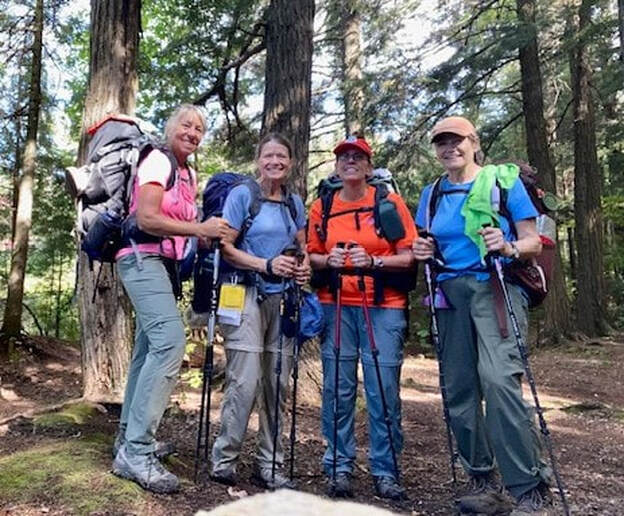
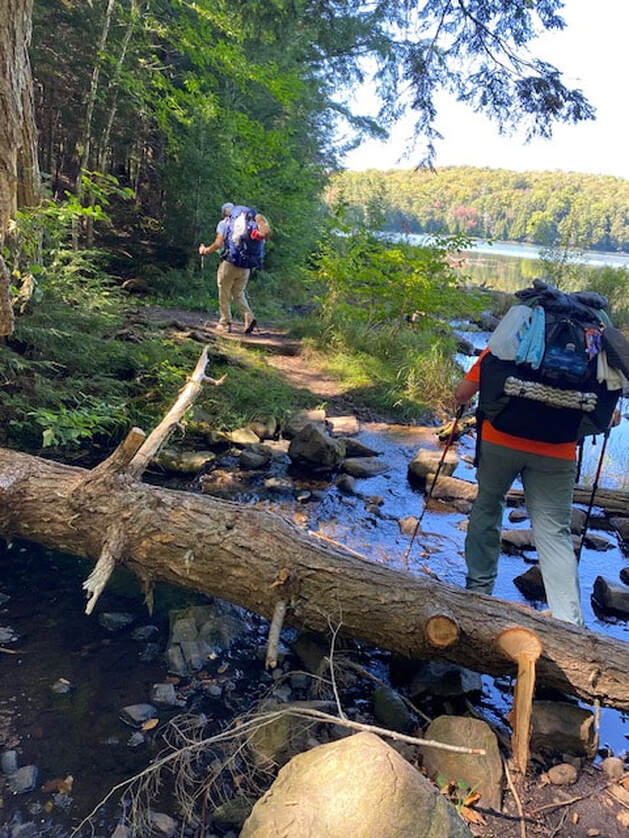
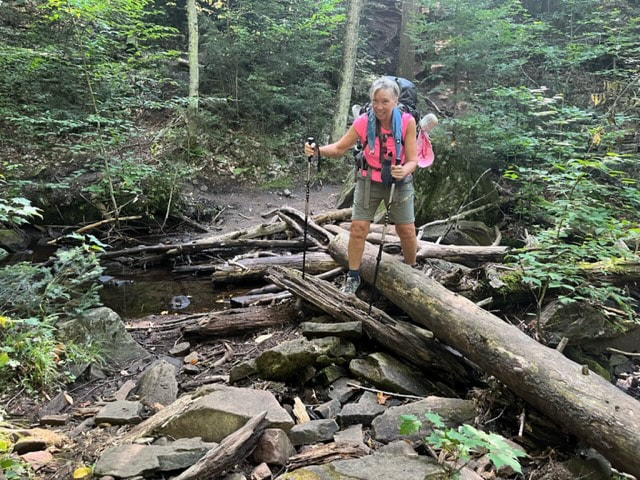
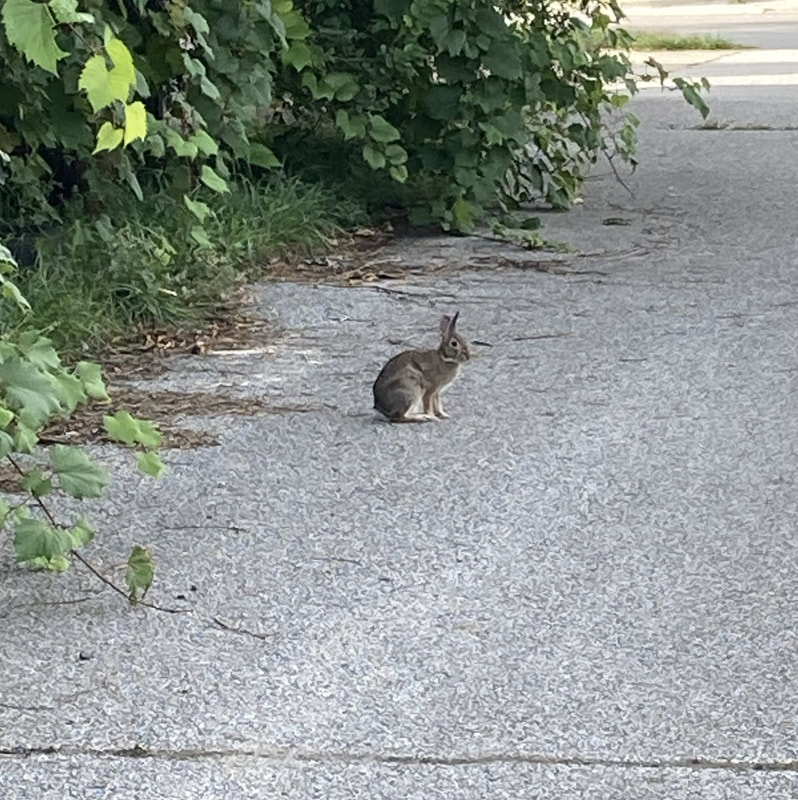

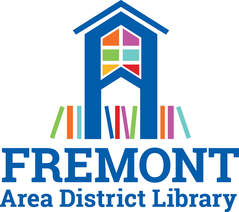

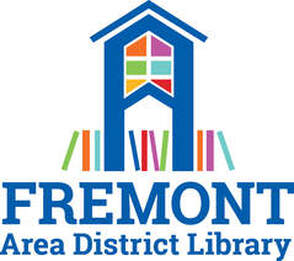
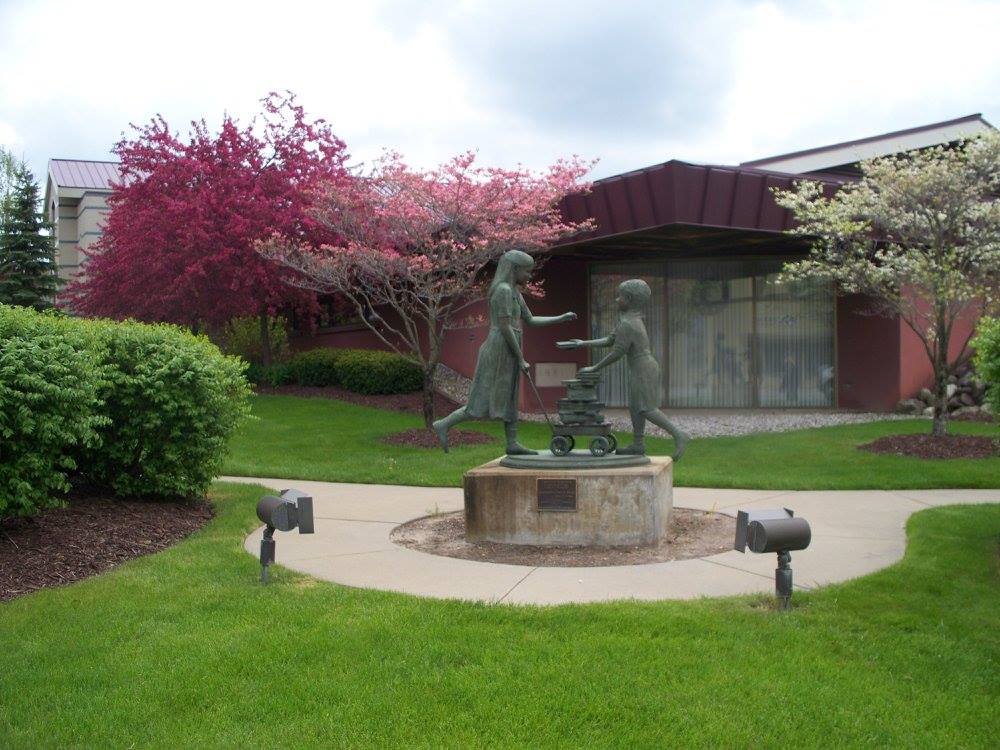
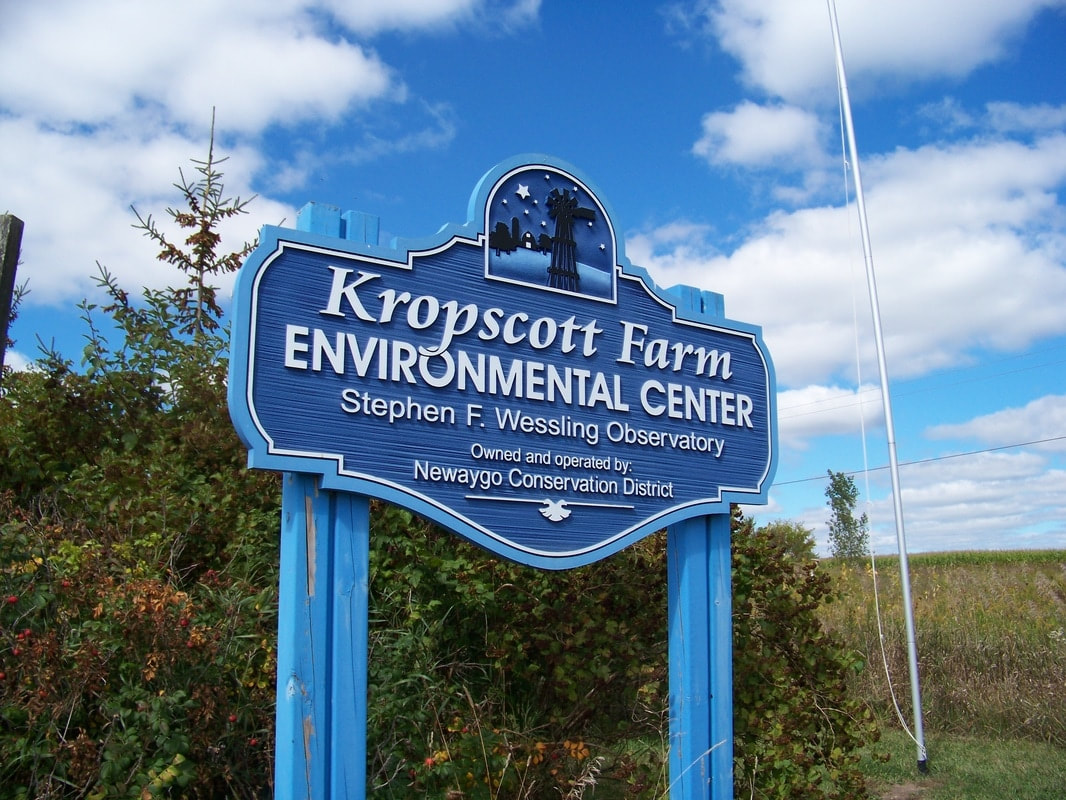
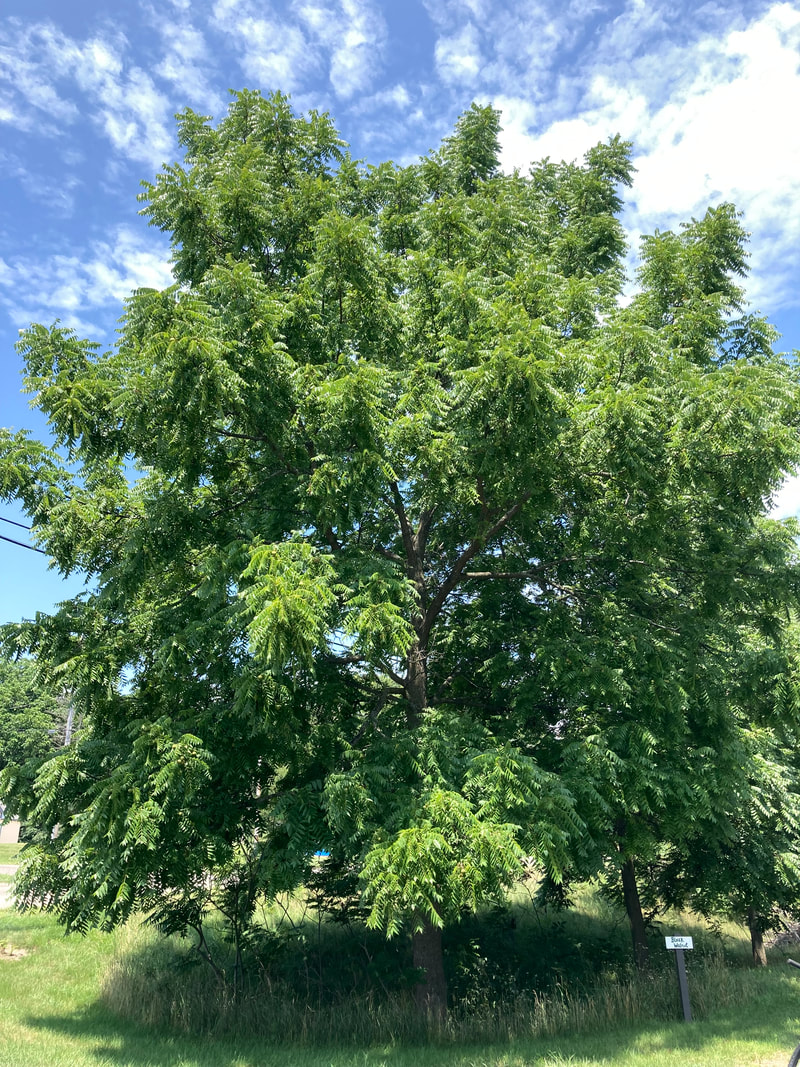
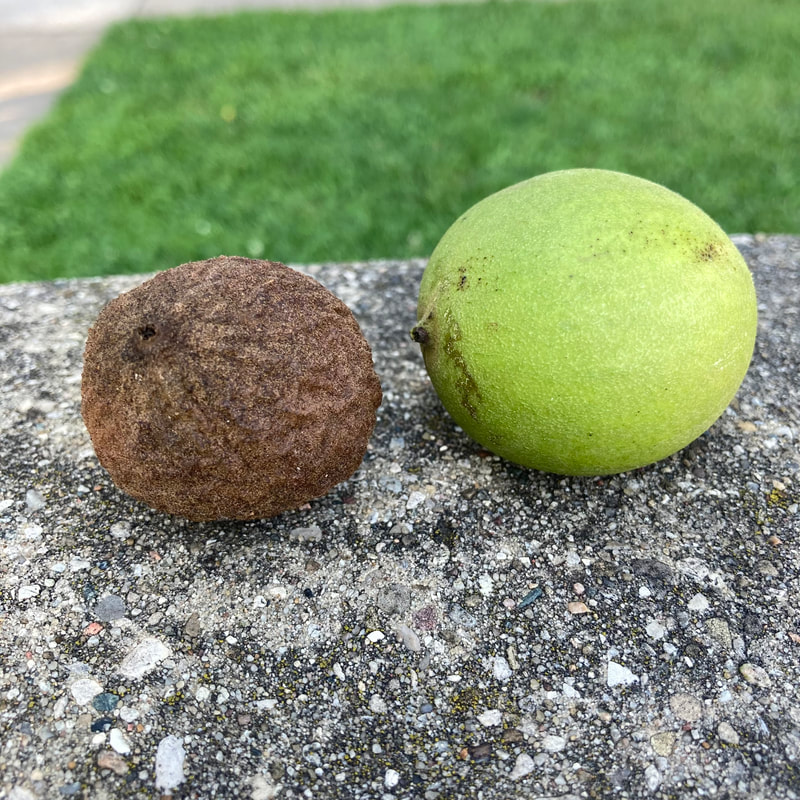
 RSS Feed
RSS Feed